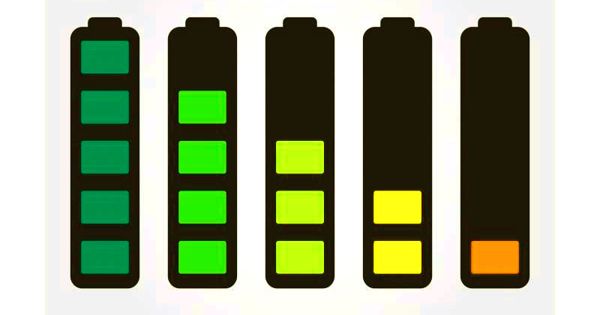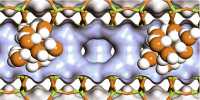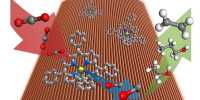If the potential for a global energy shortage continues to grow, so does the need for renewable energy services. The zinc-air battery is an enticing energy storage technology for the future. Centered on an advanced, non-alkaline, aqueous electrolyte, the international research team has produced new zinc-air battery chemistry that overcomes previous technological barriers.
Research teams across the globe strive to develop high-performance, eco-friendly, safe, and cost-effective batteries. The zinc-air battery (ZAB) is an attractive alternative to the lithium-ion battery currently dominating the energy storage market; however, the conventional ZAB can often be unstable.
High-performance, eco-friendly, safe, and at the same time cost-effective: the zinc-air battery is an appealing energy storage system for the future. Until now, the traditional zinc-air battery has been grappling with high chemical volatility, with parasitic reactions embedded in the use of alkaline electrolytes contributing to electrochemical irreversibility. Centered on an advanced, non-alkaline, aqueous electrolyte, an international research team headed by the research scientist Dr. Wei Sun of the MEET Battery Research Center at the University of Muenster has developed new zinc-air battery chemistry that overcomes previous technological barriers.
The scientific team has published the detailed results of their research project, involving researchers from Fudan University in Shanghai, the University of Science and Technology in Wuhan, the University of Maryland, and the US Army Research Laboratory, in the journal “Science“.

Parasitic reactions or side reactions, such as dendrite formation and air electrode failure rooted in the use of alkaline electrolytes, often lead to a failure of the battery and delay the production and application of ZABs. To solve this dilemma, an international research team, co-led by Professor Chunsheng Wang of the University of Maryland (UMD), has developed a novel ZAB chemistry that – based on a non-alkaline water-electrolyte – overcomes parasitic reactions.
Key parameters of the zinc-air battery optimized
“Our innovative, non-alkaline electrolyte adds a previously unknown reversible zinc peroxide (ZnO2)/O2 chemistry to the zinc-air battery,” states Dr. Wei Sun. Compared to conventionally solid alkaline electrolytes, the recently formed non-alkaline aqueous electrolyte, based on zinc trifluoromethane sulfonate salt, has some key advantages: zinc anode is used more effectively with higher chemical stability and electrochemical reversibility. Complete zinc-air batteries thus built can work stably for 320 cycles and 1,600 hours in the atmospheric air environment for a long period of time.
The mechanism of this ZnO2/O2 battery chemistry and the function of the hydrophobic trifluoromethanesulfonate anion have been routinely detected using well-designed electrochemical, analytical and multi-scale simulation techniques. The established improved energy capacity now has the ability to compete with the lithium-ion battery that currently dominates the industry. “The zinc-air battery provides a potential alternative battery technology with advantages such as environmental friendliness, high safety, and low cost,” points out Sun. “This technology still requires further, intensive research and optimization prior to its practical application.”
While the ZAB presents a promising alternative battery system with many benefits, this technology also needs more rigorous testing and optimization. “This zinc-air battery is designed to work in an open atmosphere, so electrolyte evaporation is inevitable,” Wang said. “A water management system might be needed to ensure a long-term practical operation.”















